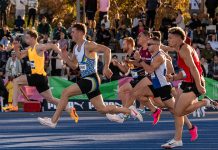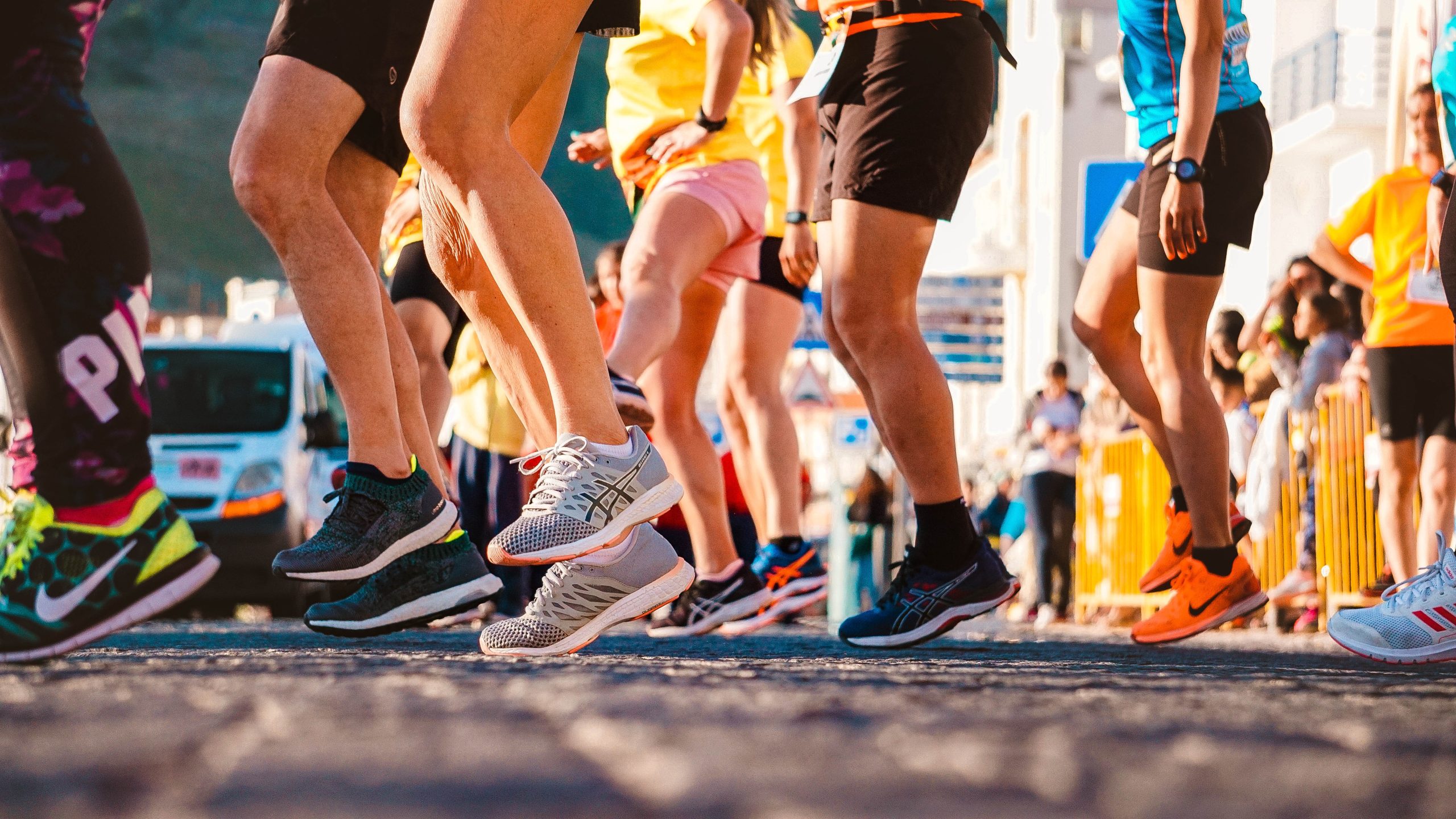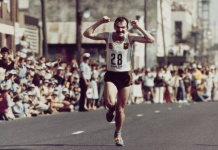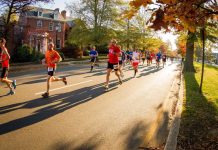Knee pain is a common issue that affects athletes of all levels, from casual participants to elite professionals. Whether caused by a specific injury, overuse, or an underlying condition, knee pain can be a significant barrier to maintaining an active lifestyle. Proper management and prevention strategies are essential for keeping athletes in the game and minimizing downtime due to injury.
Knee pain in athletes can result from various factors. Overuse injuries are among the most frequent, especially in sports that involve repetitive stress on the knee joint, such as running, basketball, and cycling. Conditions like patellar tendinitis, commonly known as jumper’s knee, and iliotibial band syndrome (ITBS) are typical examples, where inflammation and pain develop due to the repetitive nature of the activities.
Traumatic injuries, such as anterior cruciate ligament (ACL) tears, meniscus tears, and ligament sprains, are often caused by sudden impacts, awkward movements, or direct collisions. These injuries are usually accompanied by severe pain, swelling, and a feeling of instability in the knee.
Biomechanical issues, including poor alignment and muscle imbalances, can also contribute to knee pain. For instance, weak hip muscles may cause improper knee tracking during activities like running or squatting, leading to pain and potential injury. Furthermore, although arthritis is typically associated with older adults, younger athletes with a history of knee injuries can also develop osteoarthritis, which causes chronic pain and stiffness. Bursitis, the inflammation of the small fluid-filled sacs that cushion the knee joint, is another condition that can cause pain, particularly in sports requiring frequent kneeling.
Preventing Knee Pain
Preventing knee pain is crucial for maintaining long-term athletic performance. A strong foundation is key, and this starts with building strength in the muscles surrounding the knee. Strengthening the quadriceps, hamstrings, and glutes can provide much-needed stability to the knee joint, reducing the likelihood of injury. Exercises such as squats, lunges, and leg presses are particularly effective in targeting these muscle groups.
Flexibility is another important factor in preventing knee injuries. Tight muscles and tendons can place extra strain on the knee joint, so incorporating regular stretching routines focused on the hamstrings, calves, and IT band can improve joint mobility and reduce injury risk.
Wearing the right footwear is often overlooked but plays a critical role in protecting the knees. Shoes that offer proper arch support and cushioning can absorb the impact of running and jumping, promoting better alignment and reducing knee strain. Additionally, athletes should pay attention to their technique. Proper form during activities is essential for distributing stress evenly across the joints and preventing undue strain on the knees. It can be beneficial to work with a coach or trainer to ensure your technique is correct, especially when engaging in high-impact or high-intensity sports.
Avoiding sudden increases in training intensity is another preventive measure. Gradually increasing the intensity and volume of training allows the body to adapt without overloading the knee joints, thereby preventing overuse injuries. Incorporating cross-training into your routine can also be effective. Engaging in a variety of activities reduces repetitive stress on the knees, helping to prevent overuse injuries. Low-impact exercises such as swimming, cycling, and yoga are excellent complements to more strenuous sports.
How Knee Pain Treatment Devices Can Help
When knee pain does occur, several treatment devices are available, like Motive’s knee pain treatment device for example, which assists in managing symptoms and facilitating recovery. Here are some other examples that may help:
Knee braces offer varying degrees of support and stability to the knee joint, helping to reduce pain and prevent further injury. Compression sleeves provide mild support and improve circulation by reducing swelling, while hinged braces offer stronger support, particularly useful for those recovering from ligament injuries. Patellar straps are specifically designed for conditions like patellar tendinitis and work by applying pressure to the patellar tendon, reducing pain during activity.
Cold therapy devices are another valuable tool in treating knee pain. Cold packs, ice wraps, and more advanced cold therapy machines that circulate cold water around the knee are effective in reducing inflammation and numbing pain after an intense workout or injury. This helps speed up recovery and allows athletes to return to activity more quickly.
Electrical stimulation devices, or e-stim, use small electrical impulses to stimulate the muscles and nerves around the knee. These devices can alleviate pain, enhance circulation, and promote healing, making them an excellent addition to a comprehensive recovery plan. Foam rollers and massage tools can also be beneficial in managing knee pain. By relieving muscle tension and improving flexibility around the knee joint, these tools help prevent the muscle imbalances that often lead to pain.
Orthotic insoles, whether custom-made or over-the-counter, can correct foot alignment issues that contribute to knee pain. By providing the necessary arch support and cushioning, orthotics help reduce the impact on the knees during physical activity.
These devices, when used appropriately, can significantly enhance the recovery process and allow athletes to manage knee pain effectively. However, it’s essential to consult with a healthcare professional before using any treatment devices, especially if you are recovering from a significant injury.
Recovery Tips for Athletes with Knee Pain
Recovering from knee pain requires a balanced approach that includes rest, rehabilitation, and a gradual return to activity. Rest is critical in the initial stages of recovery. Reducing or modifying physical activity levels can prevent further damage to the knee, allowing time for healing. This doesn’t necessarily mean complete inactivity; low-impact exercises that don’t aggravate the knee can be beneficial.
Engaging in physical therapy is another key aspect of recovery. A physical therapist can tailor a rehabilitation program to your specific needs, focusing on restoring strength, flexibility, and functional movement in the knee. This personalized approach ensures that you regain knee stability and strength in a controlled and safe manner.
As your knee begins to heal, it’s important to reintroduce activities gradually. Start with low-impact exercises and slowly increase the intensity and duration as your knee strengthens. This gradual approach helps to prevent re-injury and ensures that your knee is ready to handle the demands of your sport.
Managing pain is also crucial during the recovery process. Over-the-counter pain relievers can be useful in reducing pain and inflammation, but they should be used in conjunction with other treatments like physical therapy and rest. Always listen to your body; if you experience pain, swelling, or instability during activity, it may indicate that you’re pushing too hard or too soon. Adjust your activity levels accordingly and seek professional advice if symptoms persist.






















